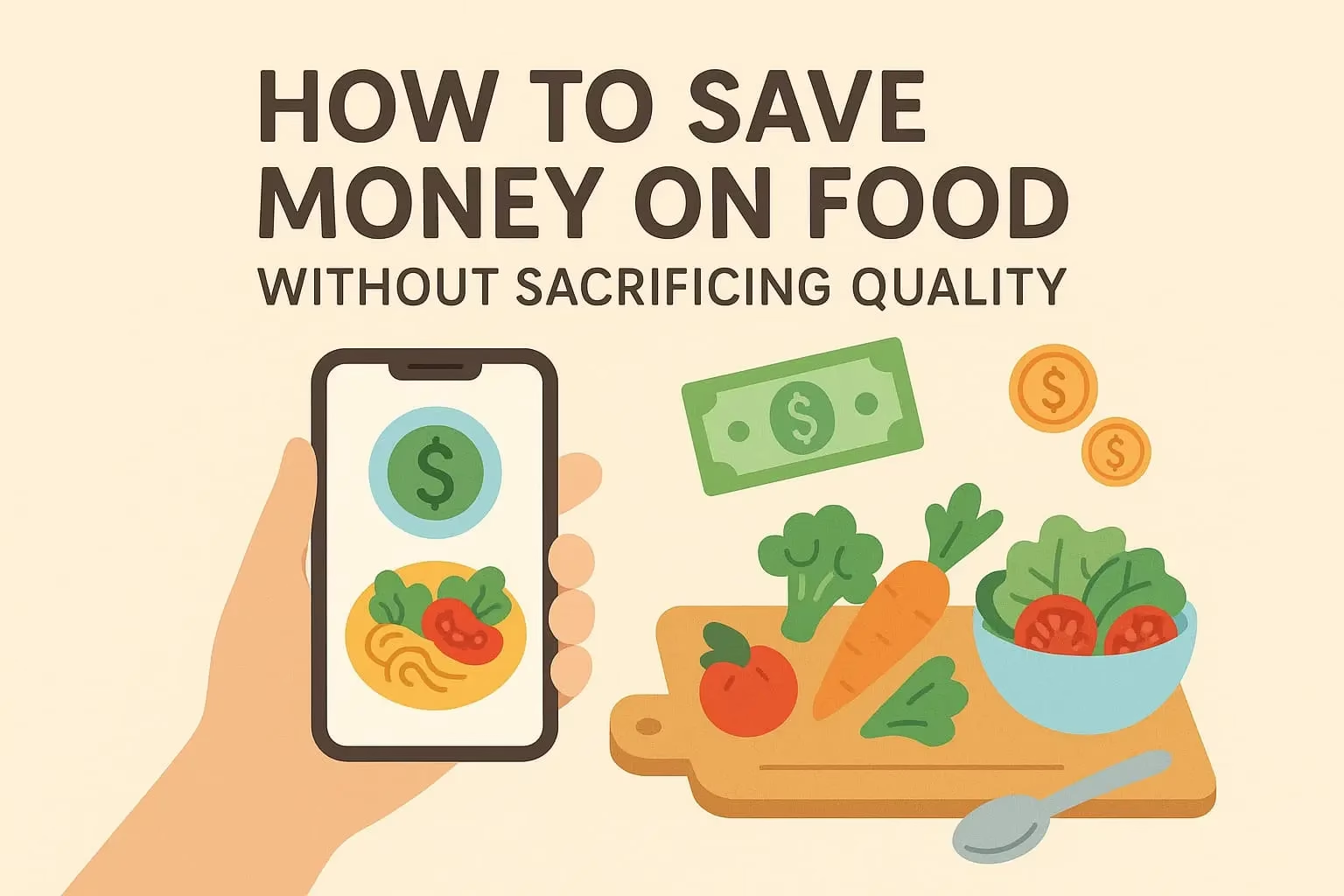Setting boundaries with strangers or in professional settings is challenging enough — but when it comes to the people we love most, it can feel downright impossible.
You don’t want to hurt their feelings, you don’t want to create distance, and you don’t want to seem selfish.
But here’s the truth: healthy boundaries are one of the most powerful expressions of love, both for yourself and for the people you care about. In fact, extreme self-care isn’t complete without them.
In this article, we’ll explore how to create compassionate, respectful boundaries with loved ones — without guilt, conflict, or emotional disconnection.
What Are Healthy Boundaries?
Boundaries are emotional guidelines, limits, or rules we set to protect our well-being, energy, values, and identity. They define what we will and won’t accept in our relationships.
Healthy boundaries are:
- Clear and consistent
- Communicated respectfully
- Rooted in self-awareness
- Protective, not punitive
- Flexible, but firm
Boundaries don’t push people away — they teach others how to love and respect us better.
Why It’s Hard to Set Boundaries With Loved Ones
Let’s be honest: boundaries are hard. Especially when:
- You were raised to people-please
- You fear rejection or abandonment
- You think love = self-sacrifice
- The other person struggles with emotional regulation
- There’s codependency, guilt, or past trauma involved
You may think, “If they really love me, I shouldn’t need boundaries.”
But the opposite is true: boundaries are a sign of trust, not distance.
Signs You Need Boundaries in a Close Relationship
You may need stronger boundaries with a loved one if you:
- Feel drained after every interaction
- Are afraid to say “no”
- Constantly compromise your values to avoid conflict
- Experience guilt for resting or needing space
- Feel resentful, even though you’re “showing up”
- Dread certain calls, texts, or visits
- Struggle to speak honestly about your needs
These signs don’t mean the relationship is doomed — they mean it needs structure and clarity to stay healthy.
Step-by-Step: How to Create Healthy Boundaries With People You Love
1. Get Clear on What You Need
Before you communicate anything, ask yourself:
- What specifically is not working for me?
- What do I need more or less of in this relationship?
- What emotions come up when I think about this person?
- What behavior do I want to protect myself from?
Knowing what you need creates a strong foundation for communication.
2. Communicate With Compassion and Clarity
Speak with honesty and kindness. Use “I” statements instead of blaming or accusing.
Examples:
- “I need some time alone after work to decompress.”
- “I feel overwhelmed when you call multiple times a day. Can we limit our calls to once in the evening?”
- “I’m working on my mental health and need to take space when conversations get too intense.”
- “I care about you, but I need to say no to that right now.”
Focus on how it feels for you, rather than what they’re doing “wrong.”
3. Anticipate Discomfort (and Settle Into It)
Setting boundaries may trigger:
- Guilt
- Fear
- Pushback or confusion from others
- Temporary distance
This is normal.
You are breaking patterns — maybe even generational ones. The discomfort doesn’t mean you’re being cruel. It means you’re prioritizing growth over comfort.
4. Be Consistent and Follow Through
People will test your boundaries — especially if you’ve been overgiving or people-pleasing for a long time.
Consistency builds trust and clarity. If you say you won’t respond to texts after 9 p.m., honor that. If you set a limit around visits, stick to it.
Your follow-through teaches others how serious you are about your well-being.
5. Allow Others to Feel Their Feelings
You are not responsible for how someone reacts to your boundary. They’re allowed to feel sad, surprised, or even upset — that’s part of human emotion.
But you are not obligated to fix their feelings or undo your boundary to make them comfortable.
Let their feelings be theirs. Let your boundaries be yours.
Examples of Healthy Boundaries in Close Relationships
With Parents:
- “I love you, but I won’t discuss my relationship decisions.”
- “Please don’t comment on my appearance. It’s not helpful.”
- “I need space after family gatherings to recharge.”
Romantic Partners:
- “I need alone time on weekends to reset.”
- “When we argue, I need us to take 15 minutes apart before continuing.”
- “I don’t feel safe when the conversation turns into yelling — I’ll leave the room if that happens.”
With Friends:
- “I can’t always be available for emotional support — I need balance.”
- “I don’t enjoy group chats after work hours. Let’s catch up during the day.”
- “I’d rather not share that part of my life right now, but I appreciate your care.”
What Healthy Boundaries Aren’t
Let’s bust a few myths.
- Boundaries are not ultimatums
- Boundaries are not punishments
- Boundaries are not about control
- Boundaries are not selfish
- Boundaries are not a rejection of love
They are an invitation to healthier connection.
How Boundaries Deepen Love and Connection
When done well, boundaries:
- Reduce resentment
- Foster trust and respect
- Make space for honest communication
- Allow relationships to evolve in healthier ways
- Create emotional safety — for both people
The people who truly love you will want you to feel safe, respected, and supported. And if someone doesn’t respect your boundaries, it reveals their limitations — not yours.
Final Thought: Love Needs Structure
Love without boundaries often leads to burnout, resentment, and disconnection.
Boundaries are how you stay in relationship without losing yourself. They’re how you say, “I want this connection to be sustainable. I want it to be real. I want it to be kind — to both of us.”
So go ahead. Say what you need. Ask for space. Speak your truth.
Love doesn’t disappear in the presence of boundaries — it grows stronger.






